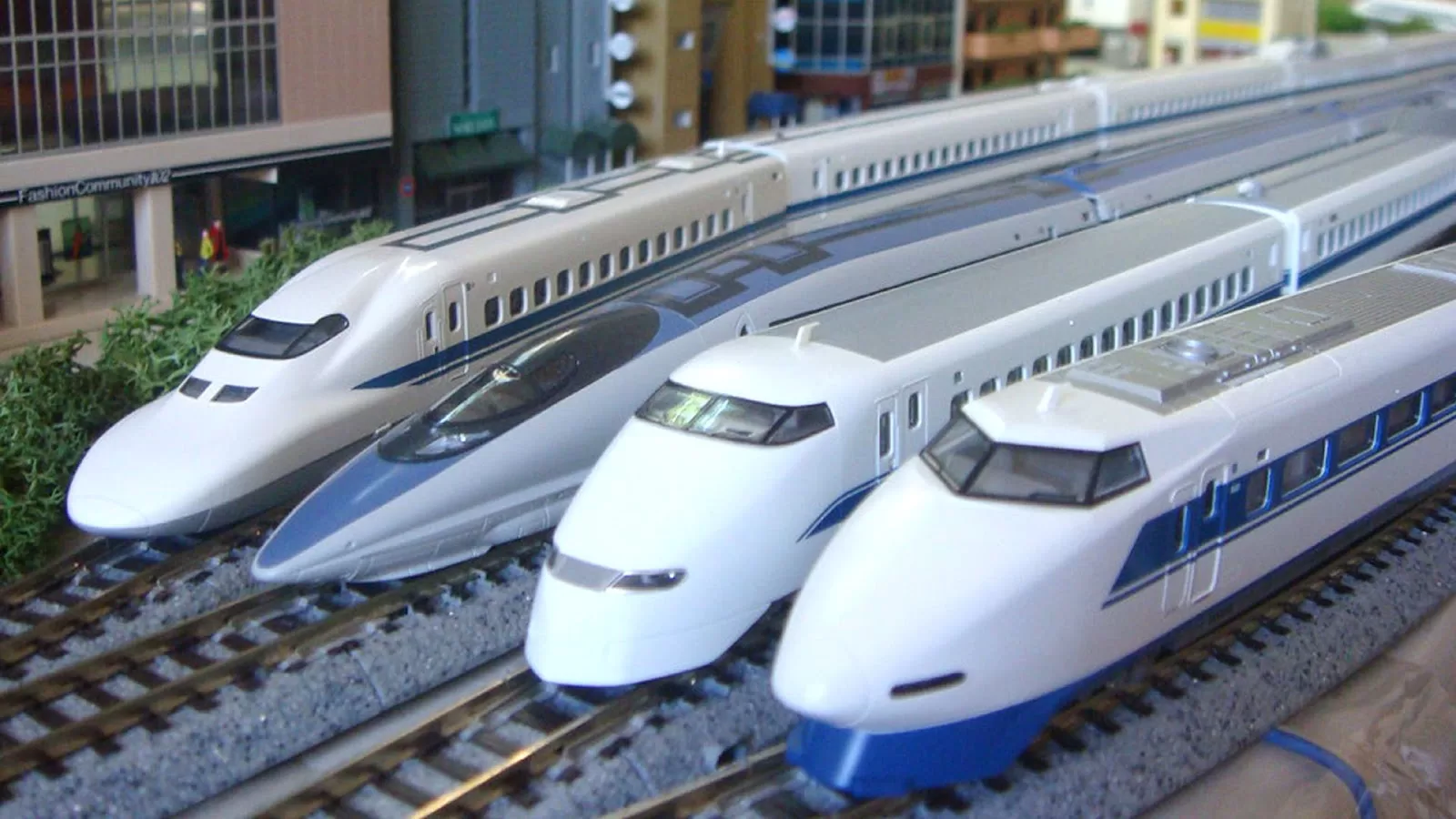In a significant development, engineers have successfully completed the first mountain tunnel along the Mumbai-Ahmedabad high-speed rail corridor. Trains on this route are expected to reach speeds of 350 kilometers per hour. The tunnel, which measures 350 meters in length and has a distinctive horse-shoe shape, has been meticulously constructed in the mountains near Zaroli village. Precision was of utmost importance, as even a minor misalignment could potentially disrupt the high-speed train operations.
The National High Speed Rail Corporation Limited (NHSRCL) plans to construct six additional tunnels along the 508-kilometer route connecting Mumbai and Ahmedabad. These tunnels will be integrated with state-of-the-art Shinkansen trainsets imported from Japan.
S.P. Mittal, Chief Project Manager of the Valsad section, expressed his enthusiasm, highlighting that this is the first tunnel in India designed for trains traveling at a speed of 350 kmph. He emphasized the meticulous adherence to specifications to maintain perfect alignment, ensuring that there is no deviation, even by a single millimeter.
The tunneling project was executed by Larsen and Toubro using the well-established New Austrian Tunnelling Method (NATM), previously employed in various Indian rail and road projects in mountainous regions. The structural framework of the tunnel has been completed, and finishing work is set to commence.
Mittal mentioned that the tunnel construction spanned over a year and involved a significant workforce. Safety precautions were paramount during the blasting process to protect both workers and nearby residents from debris and potential hazards.
While the project faced initial delays due to land acquisition issues, construction is now progressing steadily. However, the new operational deadline for the project is yet to be announced.
The Mumbai-Ahmedabad bullet train is expected to reduce the travel time for commuters from 5 hours to just 2 hours and 7 minutes. The project represents a significant advancement in India’s transportation infrastructure.
The breakthrough tunnel, located near Zaroli village in Valsad, measures 350 meters in length, 10.25 meters in height, with a diameter of 12.6 meters.
Contracts for six more mountain tunnels have been awarded in locations such as Kasabekaman, Chandrapada, Chandasar, Mithagar, Vasantwadi, and Ambesari in Maharashtra’s Palghar district. These tunnels are also being constructed using the New Austrian Tunnel Method (NATM), which involves a series of precise drilling, controlled blasting, and support installations based on geological assessments.
The high-speed rail corridor also features a 21-kilometer tunnel between Mumbai’s Bandra-Kurla Complex and Shilphata in Thane district, with seven kilometers of it located under Thane Creek, marking it as the country’s first undersea tunnel.


